Dunbar Memorial Hospital
Introduction
Text-to-speech Audio
Images
The exterior of the hospital.
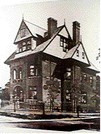
A picture of the staff taken around 1930
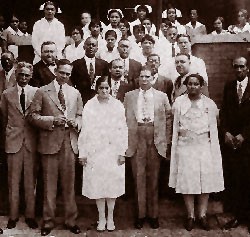
A newspaper article from 1995 about the hospital.
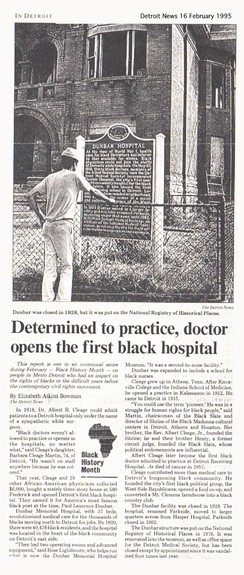
Another staff shot from 1930.
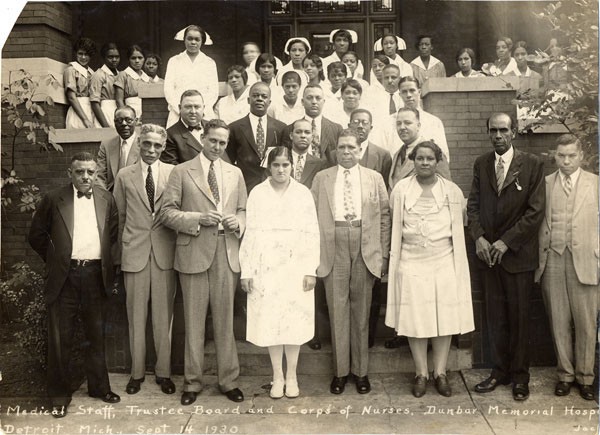
An interesting photo created by a blogger who frequently writes about the hospital, "Finding Eliza".
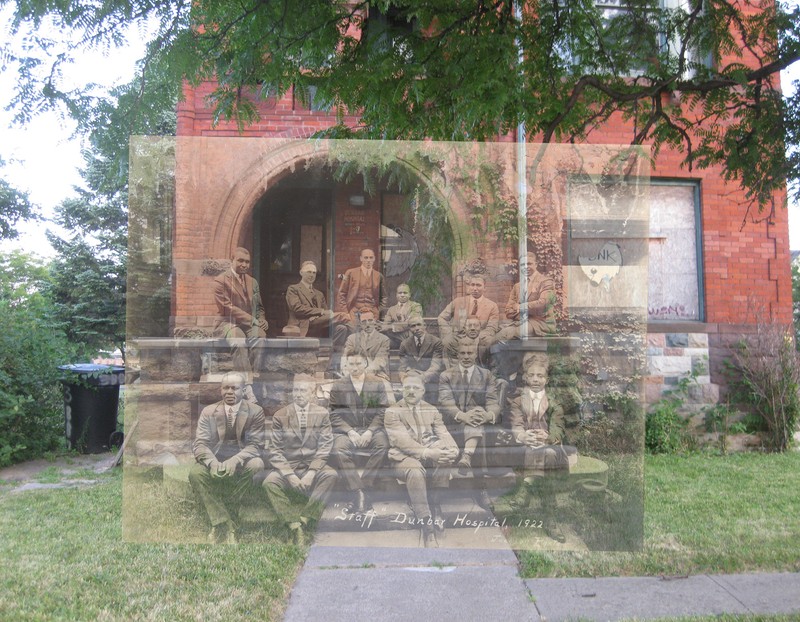
Backstory and Context
Text-to-speech Audio
The Dunbar Hospital was the first hospital to serve African Americans in Detroit, Michigan. It was purchased in 1918 by a group of around thirty physicians. It was originally the home of Charles W. Warren, but as the city’s Black population grew it became too much for the thirty Black physicians to handle. To combat this they purchased the home and converted it into a hospital. In 1928 the large demand forced them to move to a larger facility. The building was purchased by Charles C Diggs, who later became Michigan’s first African American Democratic State Senator. Digg’s son took his place later as State Senator, and was also Michigan’s first African American member in U.S. Congress. In the 1970’s the home was repurchased by the Allied Medical Society and converted into a museum (Dunbar Hospital).
In the years following World War 1 the Black population rose dramatically. In 1910 fewer than 6,000 African Americans lived in Detroit, but by 1917 the number was around 30,000. This led to a crisis for health care since the hospitals were segregated. Physicians that treated Blacks were required to ask for permission to admit Black patients. This led to many Black patients being denied health care. African Americans decided to confront the problem and open a hospital where Blacks could be treated with the utmost respect and care (Dunbar Hospital).
The hospital not only provided patient care, but also sponsored training classes and internships for African American nurses. It was named after Paul Lawrence Dunbar, and included twenty seven beds and an operating room. In 1924 it was expanded to forty beds and then finally in 1927 the hospital moved to a larger facility to meet the needs of the community. The building was then sold to Charles C Diggs Sr. who became Michigan's first African-American Democratic State Senator. He was succeeded in the state Senate by his son, Charles, Jr., who later was Michigan's first Black member in the U.S. Congress. The new facilities were renamed Parkside Hospital and remained open until 1962 (Dunbar Hospital).
In the late 1970’s the home was repurchased by the Allied Medical Society and converted into a museum and headquarters. Though I could not find a website for the museum it is reported to be open to the public. It is listed in the City of Detroit Designated Historic District, Michigan Register of Historic Sites, and National Register of Historic Sites. This was not only one of the first hospitals in Detroit for African American, but it was also one of the first nursing schools in the area for African Americans as well (Dunbar Hospital).
